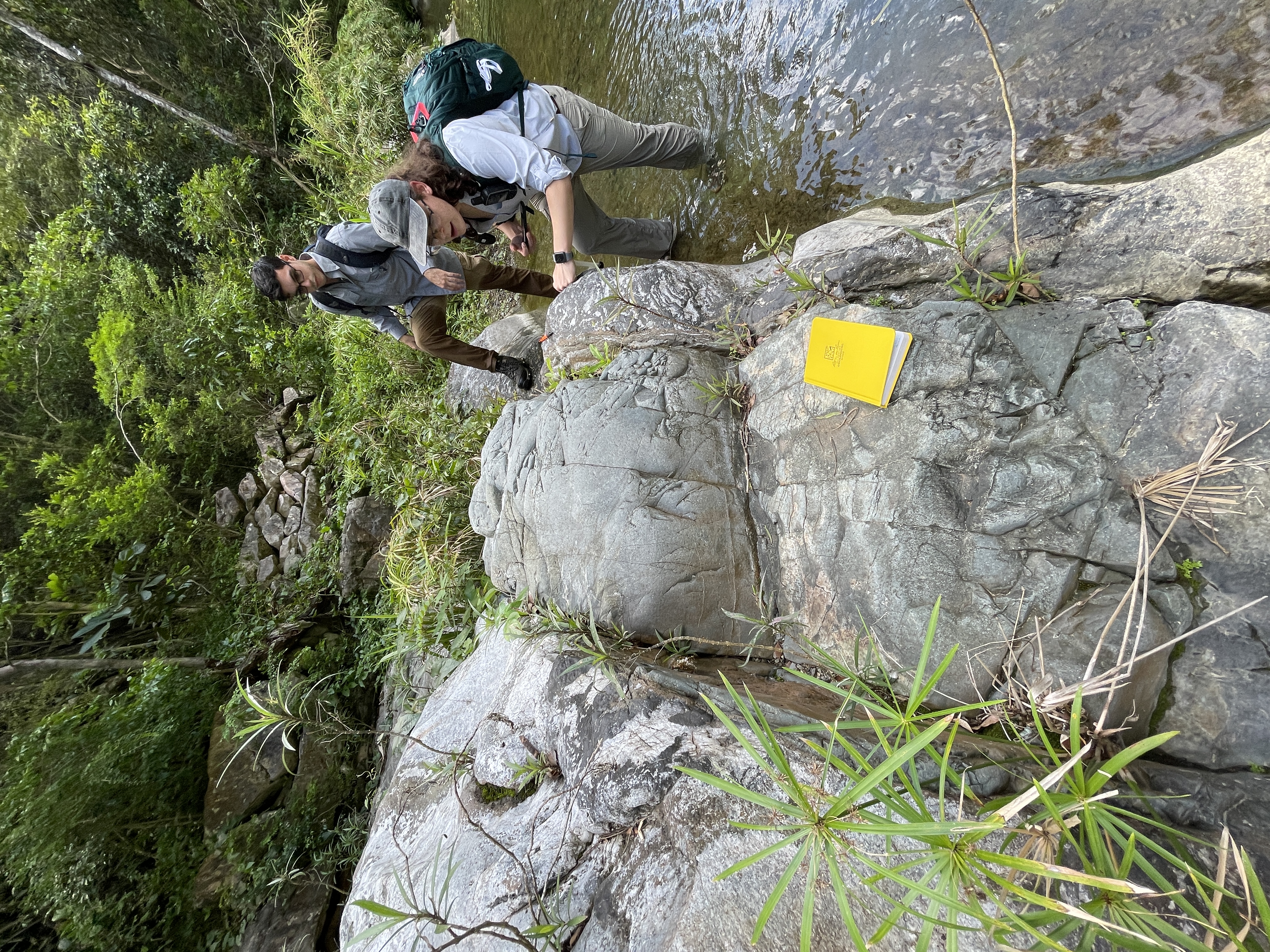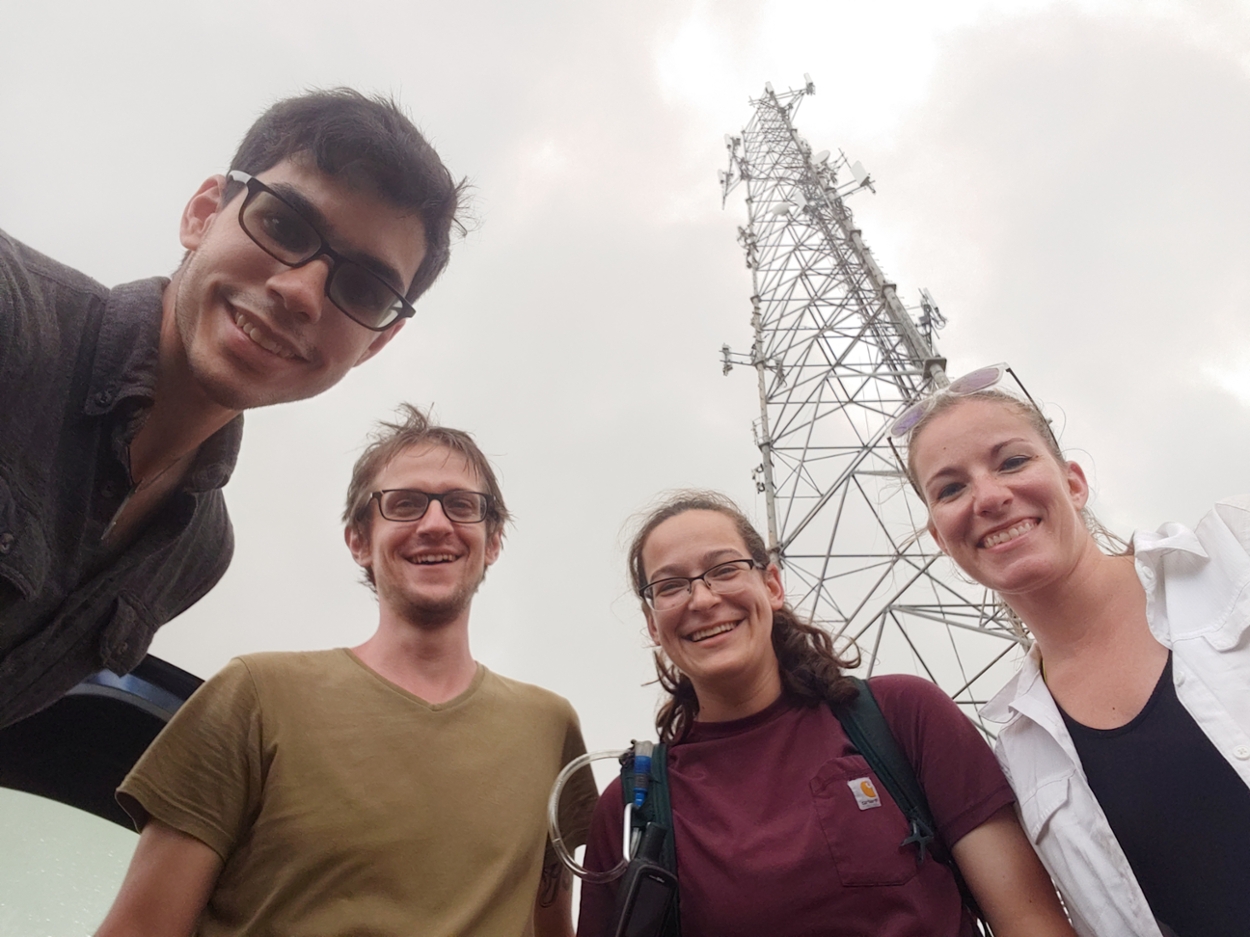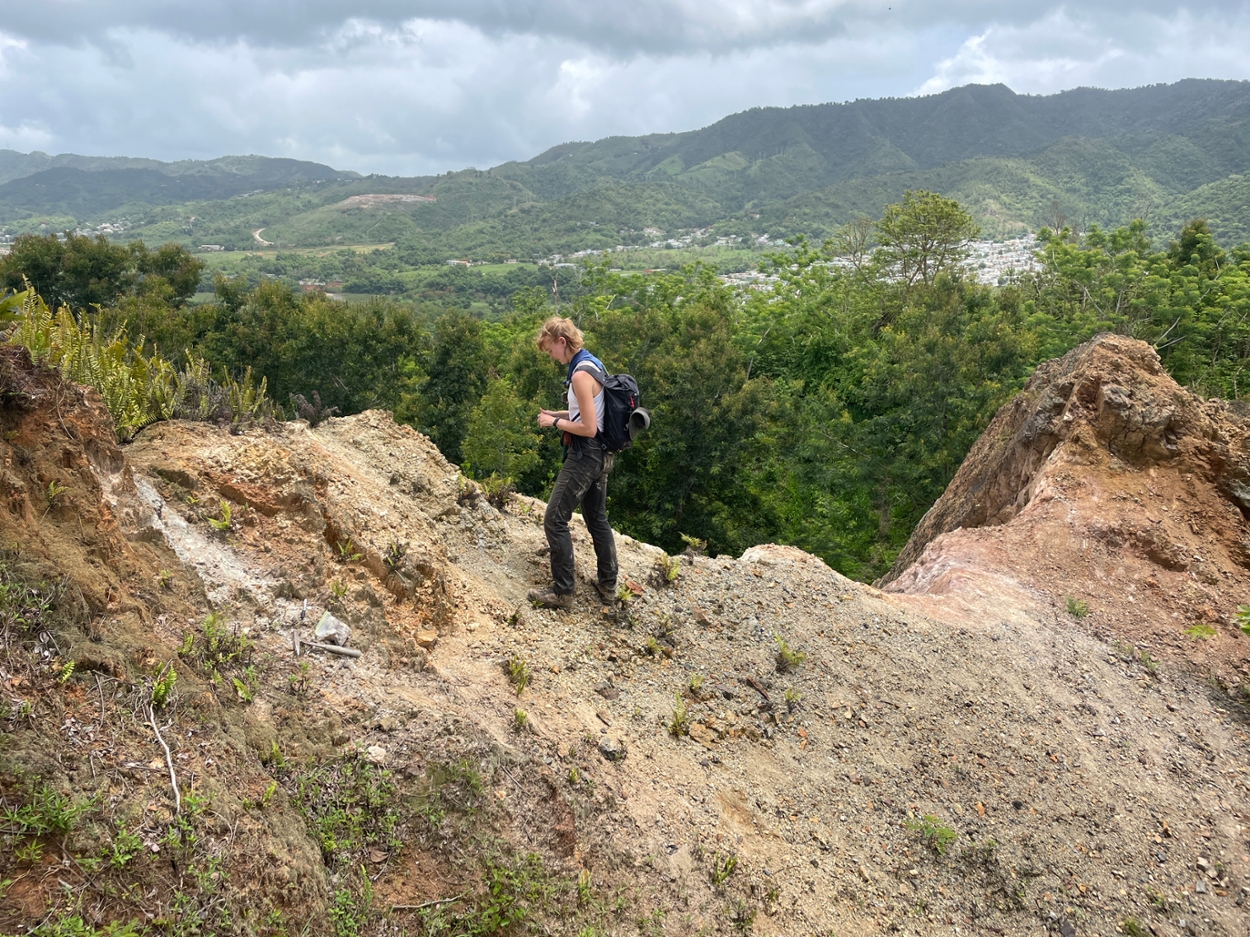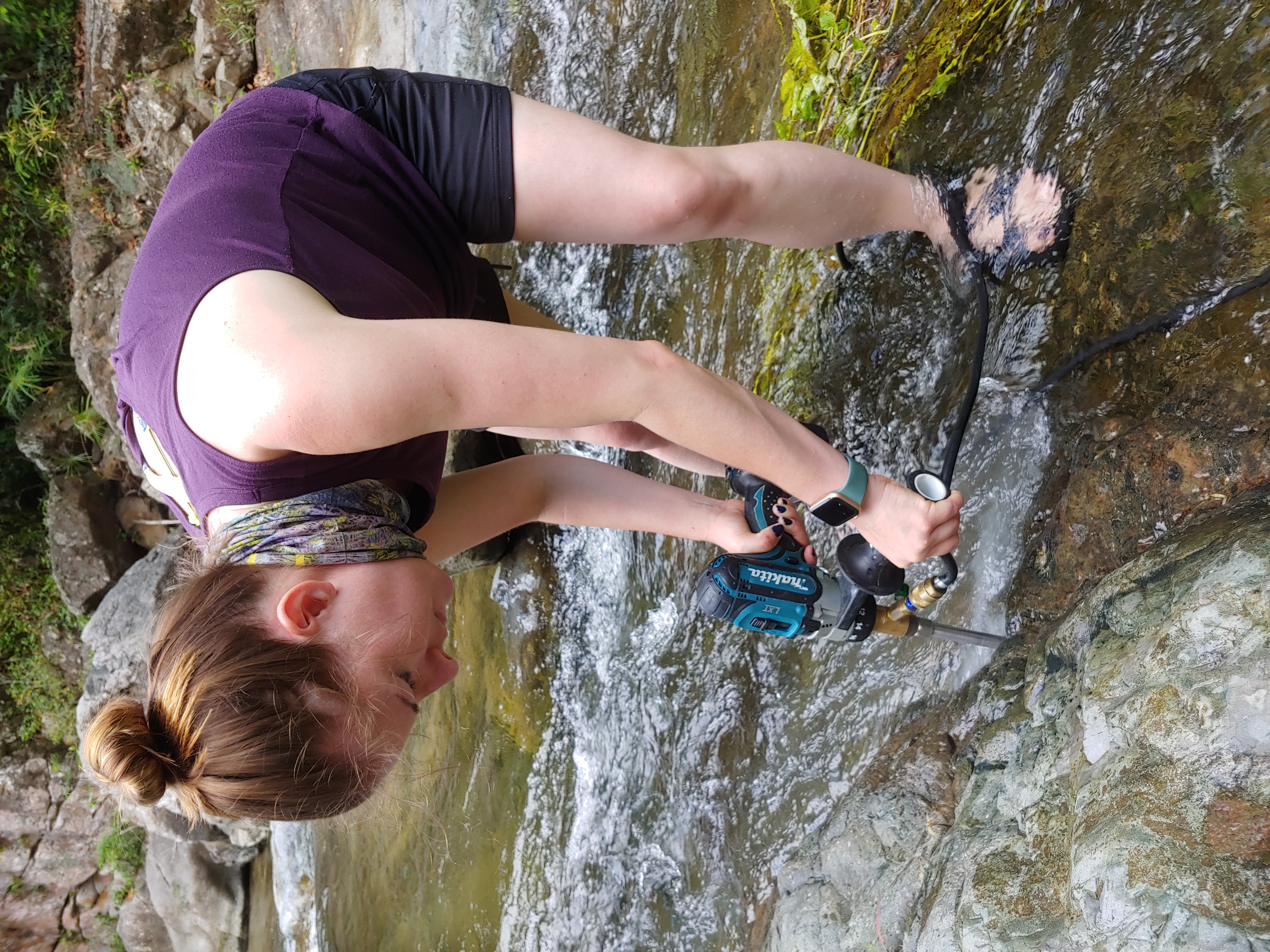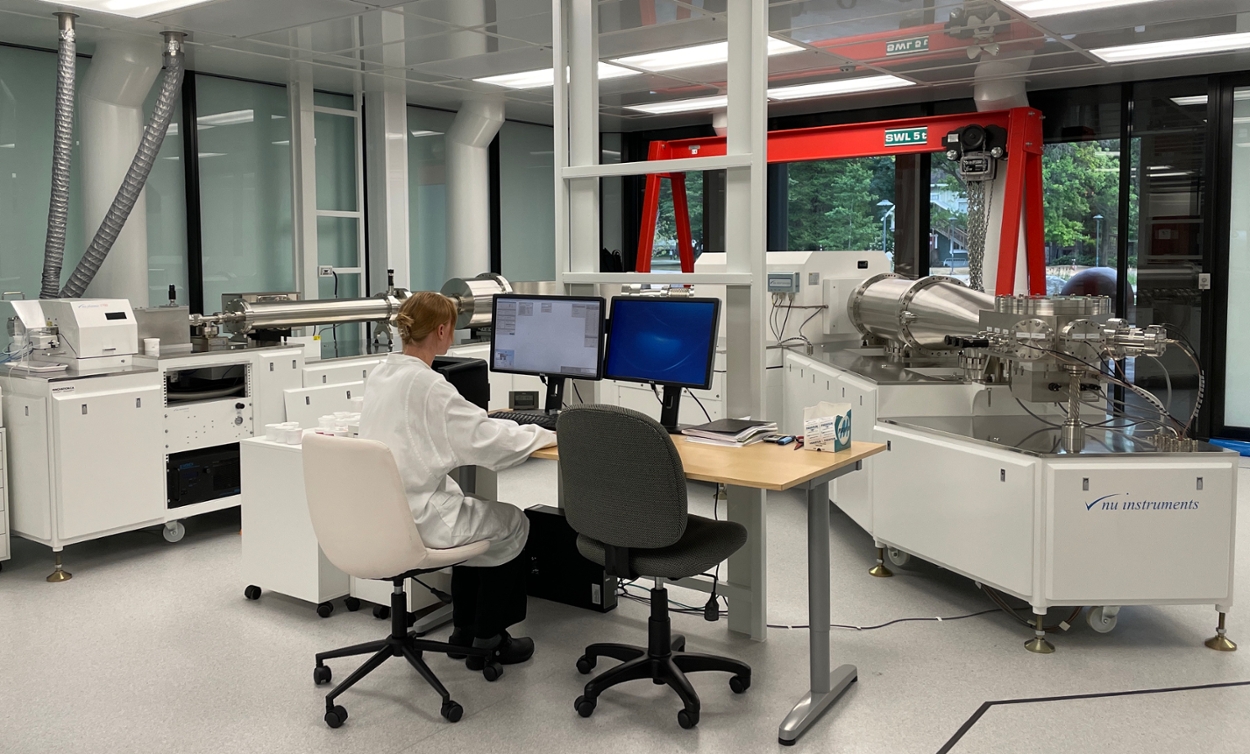COSAM News Articles 2022 October Auburn geoscientist establishes research and educational partnership with the University of Puerto Rico through a $505K NSF award
Auburn geoscientist establishes research and educational partnership with the University of Puerto Rico through a $505K NSF award
Laura Bilenker, assistant professor in the Department of Geosciences, and her collaborator Tom Hudgins, associate professor at the University of Puerto Rico, Mayagüez, have received $505,000 from the National Science Foundation, or NSF, for their project Collaborative Research: Characterizing Iron Deposits in Puerto Rico to Elucidate Metal Transport and Magnetite Mineralization Processes in Skarn Systems. The award is funded through the Petrology and Geochemistry Program in NSF’s Division of Earth Sciences and the Established Program to Stimulate Competitive Research (EPSCoR). The award began in August 2022 and concludes in July 2025. The $257,000 to Bilenker and $248,000 to Hudgins supports research on the iron deposits (skarns) of Puerto Rico and will advance our understanding of the mineral resources available for renewable energy infrastructure.
“We have created a sustained network between our two institutions,” said Bilenker. “With funding from this award, 10 undergraduate and four graduate students in Puerto Rico and Alabama will be able to collaborate virtually monthly, conduct fieldwork in Puerto Rico and use instrumentation at Auburn University.”
The fieldwork will give researchers the opportunity to examine, document and sample natural iron-rich ore in the Tibes, Keystone and Island Queen deposits located across the island of Puerto Rico.
“These students will be able to gain valuable field experience in Puerto Rico and refine their research skills in a laboratory environment at Auburn,” Bilenker added. “Following up with hands-on compositional analysis of the rocks they collected together, will help the students become independent scientists and prepare for rewarding career opportunities in geology.”
The scientific goal of the project is to characterize the ore deposits in detail for published report. The researchers will be using a wide range of techniques including field mapping, microscopic observations, magnetite trace element and stable isotope geochemistry, and garnet trace element geochemistry and geochronology.
“This multi-faceted approach allows us to tell the story of iron ore formation that has not been edited by other geological processes,” she explained. “The ore deposits in Puerto Rico are relatively pristine and ‘frozen in time’ from when they actually formed.”
The work also opens the doors for researchers to contribute to the future of renewable energy.
“After we describe and characterize these deposits, we can then look in other places that experienced a similar sequence of events to see if iron resources formed. This new information will help us increase our chance of finding more ore deposits,” Bilenker said.
And this could be a key factor for renewable energy efforts that rely on this metal.
“Iron plays a critical role in the infrastructure of both solar and wind energy,” she said. “Finding iron ore deposits like the skarns in Puerto Rico is necessary to support the world’s transition to renewable energy.”
This award is a culmination of Bilenker’s passion to use her knowledge and training in geochemistry to help fuel the next generation of geoscientists.Latest Headlines
-
04/18/2024
-
04/18/2024
-
04/18/2024
-
04/17/2024
-
04/12/2024

